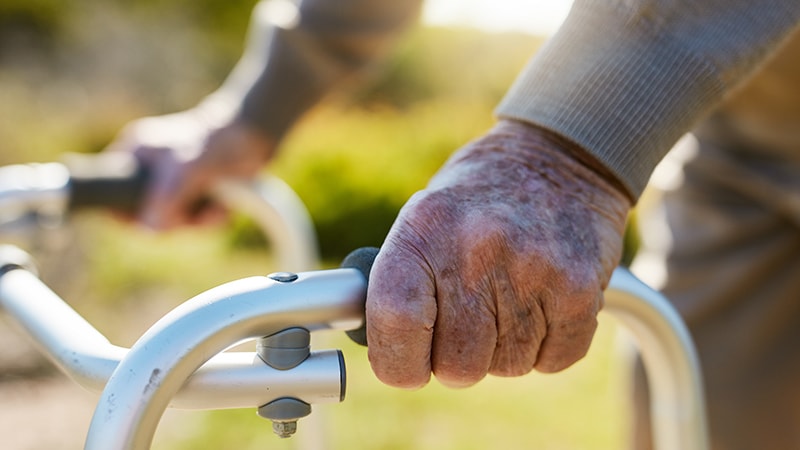The study covered in this summary was published on papers.ssrn.com as a preprint and has not yet been peer-reviewed.
Key Takeaways
-
The incidence of cardiovascular disease (CVD) was higher in patients with a frail phenotype than in those who are not frail.
-
Prefrailty and frailty were significantly associated with a range of adverse cardiovascular outcomes over 11 years of follow-up.
-
All people, including those with a frail phenotype, decrease their CVD risk by adhering to ideal cardiovascular health (CVH) behaviors.
Why This Matters
-
Longitudinal studies on the association between frailty status and CVD risk are limited.
-
Frail patients can lower their cardiovascular risk by adhering to ideal CVH behaviors.
-
The integration of early assessment of frailty into primary prevention of cardiovascular disease can help identify high-risk individuals and promote CVH in frail patients.
Study Design
-
The study involved 314,093 participants without baseline CVD in the prospective UK Biobank study.
-
Frailty was assessed with five criteria: weight loss, exhaustion, low physical activity, slow gait, and low grip strength. Participants were classified as nonfrail (score of 0), prefrail (score of 1 or 2), or frail (score of 3 or more).
-
Ideal CVH was defined by four core health behaviors (smoking, weight, physical activity, and diet) and three health factors (cholesterol, blood pressure, and glycemic control). Each component was assigned a score of 0 (poor), 1 (intermediate), or 2 (ideal). The overall CVH score ranged from 0 to 14, with CVH level categorized as poor (0 – 6), intermediate (7 – 10), or ideal (11 – 14).
-
The primary outcome involved incidence of cardiovascular disease events (coronary heart disease, heart failure, and stroke).
Key Results
-
Among the participants (mean age, 55.9 years; 46.5% male), 10,145 (3.2%) met the criteria for frailty and 134,369 (42.9%) were prefrail.
-
Frail and prefrail participants tended to be older and female, non-White, less educated, and had lower incomes. They were more likely to be smokers and obese with low levels of physical activity, poor diet plans, and lower CVH scores, but also drank less alcohol.
-
Nonfrail participants had an overall CVD risk of 6.54 per 1000 person-years.
-
Prefrail participants had an elevated incidence rate of 1.67 per 1000 person-years, or a 15% increase in the risk of developing CVD.
-
Frail participants had an elevated incidence rate of 5.00 per 1000 person-years, or a 47% increase in the risk for CVD. They were also more likely to have poor CVH across all age and sex groups.
-
Keeping an ideal CVH behavior pattern significantly lowered the risk for all CVD outcomes.
-
Frail patients with poor CVH behaviors had the highest risk for CVD incidence (hazard ratio, 2.92; 95% CI, 2.68 – 3.18).
Limitations
-
Frailty and CVH data were only accessed once at baseline, which prevented the monitoring of frailty status transitions and lifestyle changes with CVD risk.
-
Study participants were mostly of European ancestry.
-
Diagnosis of CVD relied on ICD coding and self-reported data. Participants with frailty could have had underdiagnosed CVD, which might have led to the underestimation of CVD risk for frailty.
Disclosures
-
The study received no commercial funding.
-
The authors disclosed no relevant financial relationships.
This is a summary of a preprint research study, Physical Frailty, Adherence to Ideal Cardiovascular Health and Risk of Cardiovascular Disease: A Prospective Cohort Study, written by researchers at the Huazhong University of Science and Technology, Wuhan, China, and the Chinese Academy of Medical Sciences, National Center for Cardiovascular Diseases, Beijing, on Preprints with the Lancet provided to you by Medscape. This study has not yet been peer-reviewed. The full text of the study can be found on papers.ssrn.com.
Source: Read Full Article
